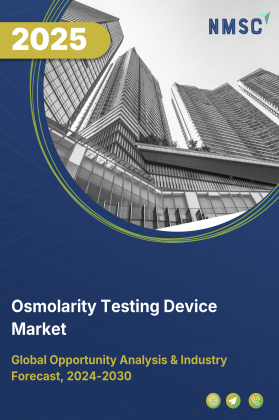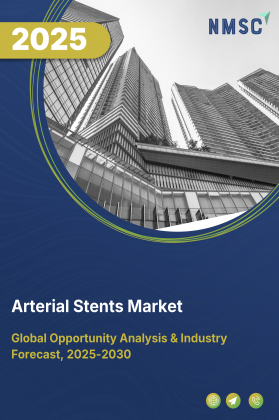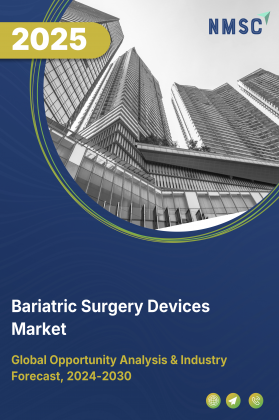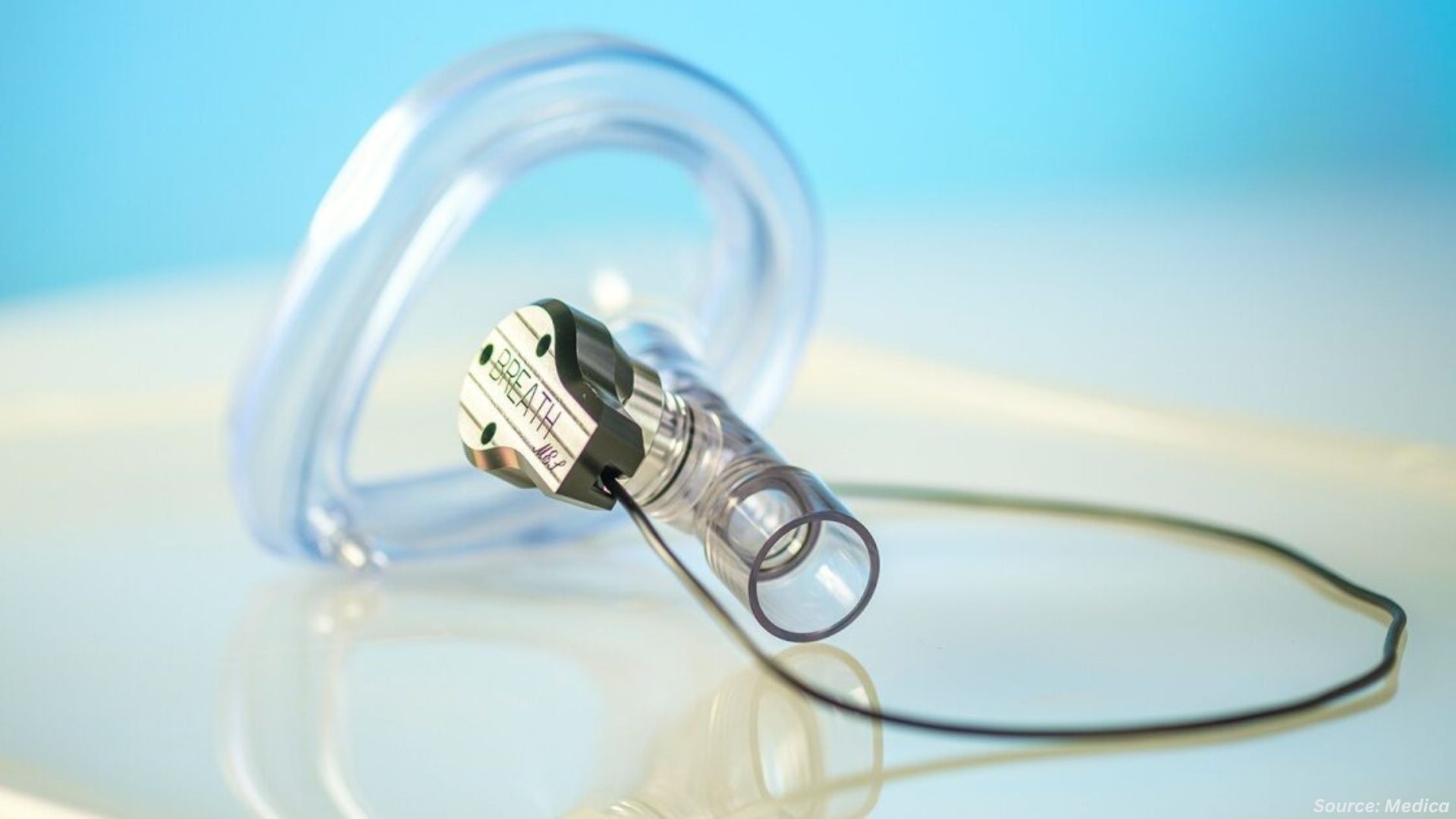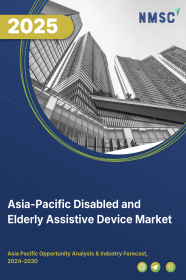
Asia-Pacific Disabled and Elderly Assistive Device Market by Type (Mobility Impairments, Hearing Impairments, Visual Impairments, Cognitive Impairments, and Self-Care), and by End User (Hospitals, Elderly Nursing Homes, Home Care, and Other End User) – Opportunity Analysis and Industry Forecast, 2024–2030
Industry: Healthcare | Publish Date: 24-Sep-2025 | No of Pages: 165 | No. of Tables: 195 | No. of Figures: 141 | Format: PDF | Report Code : HC1077
Asia-Pacific Disabled & Elderly Assistive Device Market Overview
The Asia-Pacific Disabled & Elderly Assistive Device Market size was valued at USD 6.92 billion in 2023, and is predicted to reach USD 20.17 billion by 2030, at a CAGR of 15.4% from 2024 to 2030.
The disabled & elderly assistive device market refers to a wide range of products and services designed to support the aging population and individuals with disabilities in maintaining their autonomy and improving their quality of life. This market covers medical furniture, hearing aids, mobility aids and living aids, that are crucial for managing chronic conditions and ensuring safety.
Innovations in these areas are driven by the need to address the growing challenges of an aging population and the diverse requirements of individuals with disabilities, making this market integral to enhancing accessibility and wellbeing. This market is fueled by growing rate of disabled individuals, rapid technological advancements, and evolving regulatory landscapes, the assistive device industry prioritizes inclusivity and continuously adapts to meet the ever-changing needs of its diverse user base.
Rising Aging Population And Increasing Chronic Conditions Drive Market Demand
The Asia-Pacific region is undergoing a profound demographic shift, with a growing share of its population entering the 60+ age group. This aging trend, coupled with the increasing burden of non-communicable diseases such as stroke, diabetes, and mobility-impairing conditions, is driving robust demand for assistive technologies. As elderly individuals prioritize independence and home-based care, assistive devices such as powered wheelchairs, fall detectors, and home monitoring systems are becoming vital components of the region’s healthcare landscape. The long-term implications of this shift are expected to steadily accelerate the adoption of supportive technologies across both rural and urban areas.
Shift Toward Smart, Customized, And Integrated Solutions Fuels Market Growth
The Asia-Pacific assistive technology market is witnessing a growing push toward intelligent, user-adaptable solutions that integrate seamlessly into healthcare and home environments. Government-led initiatives—such as Japan’s smart elderly care pilot zones and Singapore’s Healthier SG strategy—are encouraging innovation in AI-enabled rehabilitation devices, smart walkers, and voice-controlled aids. These next-generation products align with the region’s digital health transformation and growing emphasis on personalized care. As assistive devices move beyond functional support to becoming part of connected care ecosystems, tech-forward innovation is increasingly driving product adoption.
Regulatory Barriers Impede The Growth Of The Asia-pacific Disabled & Elderly Assistive Devices Market
The high cost of assistive devices creates significant barriers for individuals in developing and underdeveloped countries, especially those with low or fixed incomes. Essential tools such as living aids, hearing aids, and mobility aids often remain inaccessible due to economic disparities, high import costs, inadequate government support, and limited affordable financing options.
Furthermore, the market for these devices faces stringent regulatory challenges from bodies such as the Therapeutic Goods Administration (TGA) in Australia, Pharmaceuticals and Medical Devices Agency (PMDA) in Japan, Ministry of Food and Drug Safety (MFDS) in South Korea, National Medical Products Administration (NMPA) in China. These regulations, while ensuring safety and efficacy, delay product availability and increase costs, hindering access and market growth.
Regulatory Barriers Impede The Growth Of The Asia-pacific Disabled & Elderly Assistive Devices Market
Asia-Pacific nations operate under diverse and often complex regulatory environments, creating inconsistent standards for the development and commercialization of assistive devices. For instance, approval timelines vary significantly between countries like Australia, India, and South Korea, often involving overlapping processes between medical device regulators and welfare authorities. These inconsistencies add time, cost, and compliance burdens for manufacturers, particularly SMEs. As a result, many products face delayed entry or limited market reach, restricting access to critical technologies for underserved populations.
China Dominates the Asia-Pacific Disabled & Elderly Assistive Device Market Share
China's surge in patent applications is driving innovation across sectors such as education and healthcare. With a focus on research and development, this robust intellectual property landscape fosters domestic innovation, attracts global investments, and positions China as a key player on the global stage. According to the latest report published by World Intellectual Property Organization (WIPO), China filed the largest number of patent applications for assistive device from 1998 to 2019, totaling 36,968 filings. Specifically, they submitted 25,972 applications in mobility, 5,229 in hearing, 4,089 in vision, 2,589 in self-care, and 781 in cognition. The increasing number of patents underscores China's dedication to cultivating a knowledge-driven economy and propelling sustainable growth in pivotal industries.
Furthermore, China's aging population is increasing demand for assistive devices to address age-related health issues and improve daily life. This trend underscores the need for advanced solutions such as mobility aids, home healthcare systems, and sensory enhancement devices. The World Bank Group report 2024 stated that China’s population aged 65 and more stood at 14.0% of the overall population. The growing elderly population in China underscores the urgency for innovative assistive products that support independence and improve the quality of life, driving substantial growth in the disabled & elderly assistive device market.
India to Witness Substantial Growth in the Asia-Pacific Assistive Device Market
India's assistive device market thrives on initiatives by research institutes, driving innovation in advanced devices for the elderly and disabled. Their focus on R&D enhances mobility aids, sensory devices, and healthcare devices. For instance, in March 2024 Madras Indian Institute of Technology (IIT) developed an electric standing wheelchair “NeoStand” that aims to provide wheelchair users the ability to stand independently. Their initiatives aim to improve accessibility, affordability, and effectiveness of assistive devices, thereby addressing the diverse needs of the population and promoting independent living and quality of life. This concerted effort contributes to the growth and expansion of the assistive device market in India.
Moreover, India's rising disposable incomes are fueling demand for assistive devices, driven by increased spending on advanced health and wellness devices. According to the Government of India, India's gross disposable income grew by 15% during 2022-23. This trend is particularly evident in the demand for assistive devices, such as mobility aids, hearing aids, and smart healthcare gadgets, that improve the quality of life for elderly and disabled individuals. The growing middle class and their enhanced purchasing capacity enable more people to access and afford these devices, driving the expansion and diversification of the assistive device market in India. This economic growth not only enhances personal well-being but also encourages further innovation and development within the sector.
Competitive Landscape
The promising players operating in the Asia-Pacific disabled & elderly assistive device industry includes Sonova Holding AG, Demant A/S, GN Store Nord A/S, Cochlear Limited, Ottobock SE & Co. KGaA, Permobil AB, Panasonic Holdings Corporation, Jiangsu Yuyue Medical Equipment & Supply Co., Ltd. (Yuwell), Apex Medical Corp. (Wellell, Nippon Sigmax Co., Ltd., Karma Healthcare Ltd., Heartway Medical Technology Corp., Merits Health Products Co., Matsunaga Manufactory Co., Ltd., Cyberdyne Inc., and others.
Asia-Pacific Disabled & Elderly Assistive Device Market Key Segments
By Product Type
-
Centrifugal fans
-
Axial fans
-
Hatch Fans
-
Duct Fans
By Flow Rate
-
Below 100 CFM
-
100-250 CFM
-
250-500 CFM
-
500-750 CFM
-
Above 750 CFM
By Material
-
Metal
-
Plastic
By Installation
-
Ceiling Mounted
-
Wall Mounted
-
In Line Installation
By Application
-
Industrial
-
Commercial
-
Residential
By Distribution Channel
-
Online
-
Offline
By Country
-
China
-
Japan
-
India
-
South Korea
-
Australia
-
Indonesia
-
Singapore
-
Taiwan
-
Thailand
-
Rest of Asia-Pacific
Key Players
-
Sonova Holding AG
-
Demant A/S
-
GN Store Nord A/S
-
Cochlear Limited
-
Ottobock SE & Co. KGaA
-
Permobil AB
-
Panasonic Holdings Corporation
-
Jiangsu Yuyue Medical Equipment & Supply Co., Ltd. (Yuwell)
-
Apex Medical Corp. (Wellell)
-
Nippon Sigmax Co., Ltd.
-
Karma Healthcare Ltd.
-
Heartway Medical Technology Corp.
-
Merits Health Products Co.
-
Matsunaga Manufactory Co., Ltd.
-
Cyberdyne Inc.
REPORT SCOPE AND SEGMENTATION:
|
Parameters |
Details |
|
Market Size Value in 2023 |
USD 6.92 billion |
|
Revenue Forecast in 2030 |
USD 20.17 billion |
|
Value Growth Rate |
CAGR of 15.4% from 2024 to 2030 |
|
Analysis Period |
2023–2030 |
|
Base Year Considered |
2023 |
|
Forecast Period |
2024–2030 |
|
Market Size Estimation |
Billion (USD) |
|
Growth Factors |
|
|
Companies Profiled |
15 |
|
Countries Covered |
10 |
|
Customization Scope |
Free customization (equivalent up to 80 working hours of analysts) after purchase. Addition or alteration to country, regional, and segment scope. |
|
Pricing and Purchase Options |
Avail customized purchase options to meet your exact research needs. |

















 Speak to Our Analyst
Speak to Our Analyst



